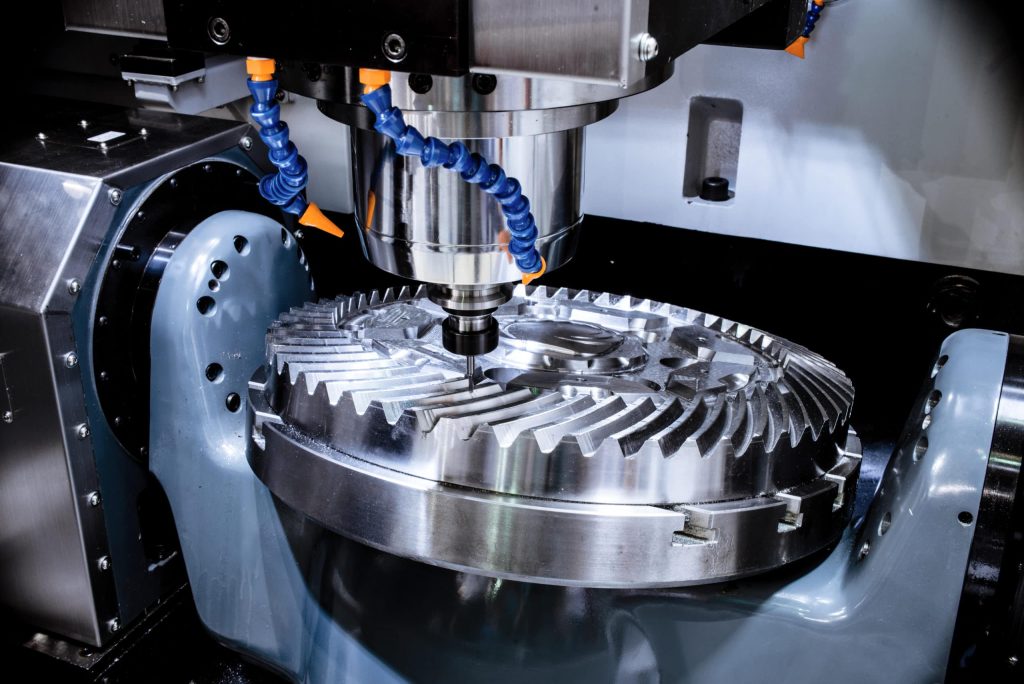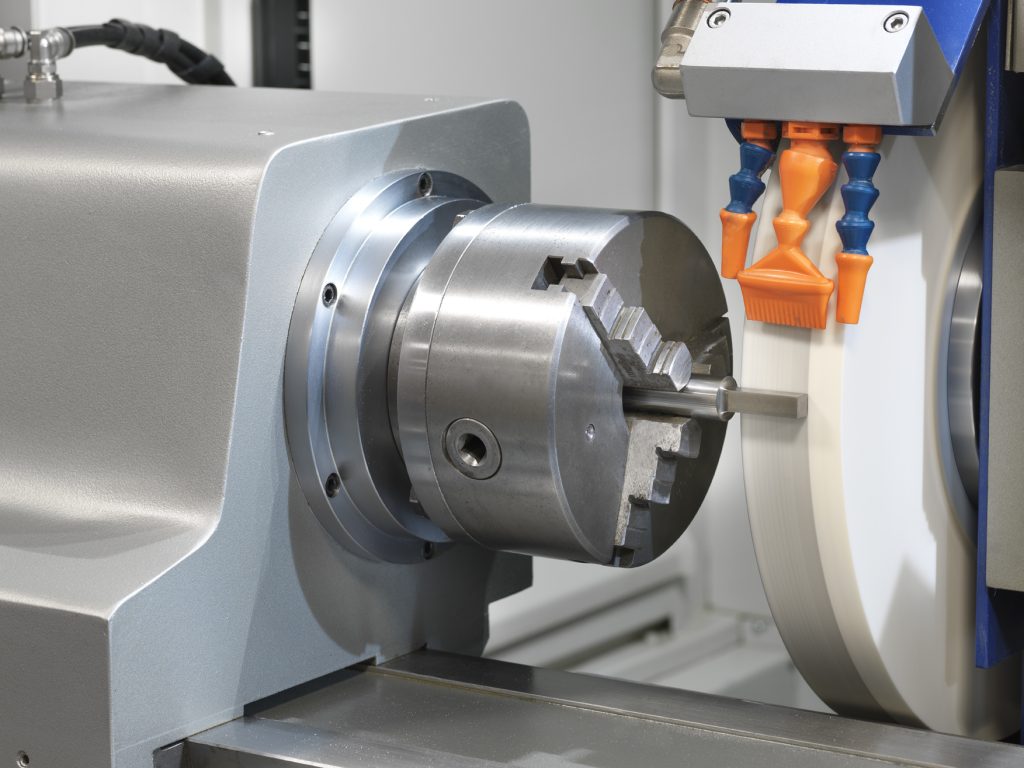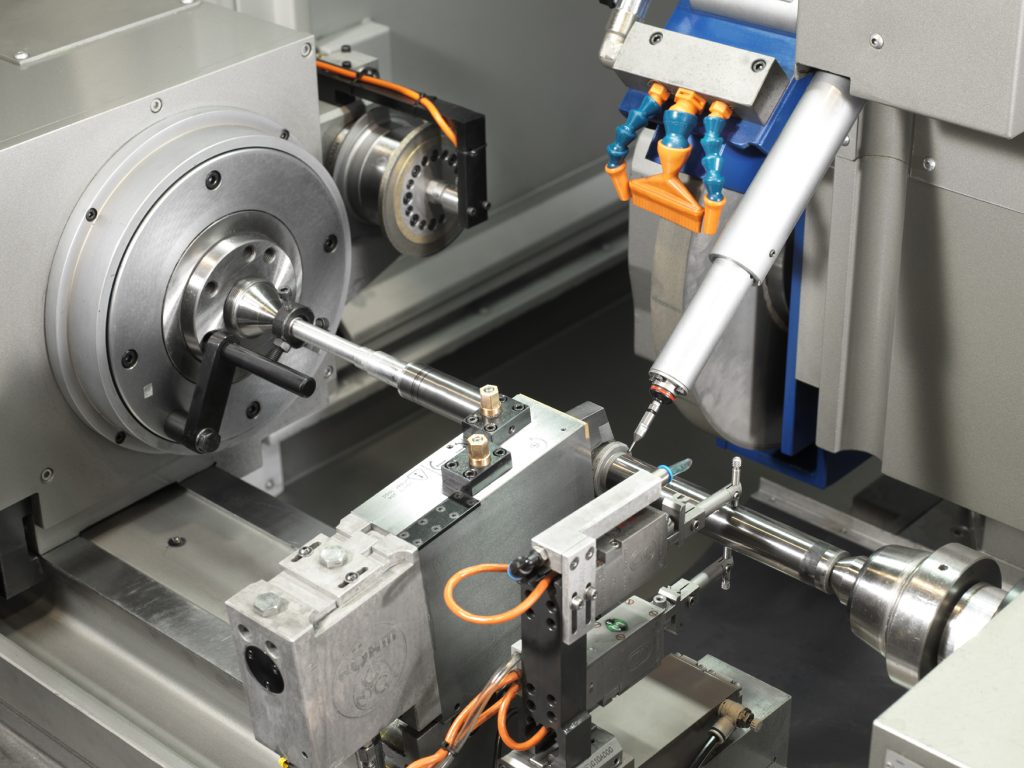Table of Contents:
- Introduction
- Significance of CNC Grinding
- Best Practices for CNC Grinding Services
- Challenges in CNC Grinding Services
- Emerging Trends in CNC Grinding
- Innovations in CNC Grinding Tools
- Future of CNC Grinding Services
- Conclusion
-
1.Introduction
CNC grinding is a precision machining process that utilizes computer-controlled grinding machines to remove material from a workpiece to achieve tight tolerances and high surface quality. The process uses a rotating grinding wheel to remove excess material and produce accurate parts and products.
Historically, grinding has been used in the manufacturing industry for centuries, with ancient civilizations using primitive grinding stones for the production of weapons and tools. With technological advancements, grinding has evolved to use computer-controlled machines, leading to the development of CNC grinding.
CNC grinding has become an integral part of the manufacturing industry, enabling manufacturers to produce high-precision parts and components in a cost-effective and efficient manner. This paper will explore the significance of CNC grinding, best practices, emerging trends, innovations in CNC grinding tools, and the future of CNC grinding services.
-
2.Significance of CNC Grinding
CNC grinding serves a crucial role in modern-day manufacturing industries, offering several benefits and applications. Some of these include:
- Benefits of using CNC grinding:
- High precision with tight tolerances
- Consistent and repeatable results
- Increased efficiency and cost savings through automation
- Reduced labor costs and operator error
- Ability to grind complex shapes and geometries
- Improved surface quality and finish
- Applications of CNC grinding in the manufacturing industry:
- Aerospace components: CNC grinding is used to produce components such as turbine blades, engine casings, and landing gear parts with high precision and accuracy.
- Automotive manufacturing: CNC grinding is used to produce components such as crankshafts, camshafts, and transmission gears that require tight tolerances and high surface quality.
- Medical devices: CNC grinding is used to produce components such as surgical implants, tools, and instruments with precise geometries and surface finishes.
- Tool and die manufacturing: CNC grinding is used to produce precise and complex molds and dies used in mass production.
- Precision machining: CNC grinding is used to produce high-precision components such as bearings, axles, and gears for precision machines.
In summary, CNC grinding is crucial in the manufacturing industry, providing several benefits such as high precision and accuracy, better efficiency, and productivity. Applications span across several industries, including aerospace, automotive, medical devices, machining, and tool and die manufacturing.
-
3.Best Practices for CNC Grinding Services
To ensure successful CNC grinding operations and produce high-quality products, several best practices must be followed. These include:
- Selecting proper grinding parameters: The appropriate grinding parameters, such as wheel speed, feed rate, and depth of cut, must be selected for a specific material. The wrong parameters can result in material deformation, burr formation, and other defects.
- Ensuring proper coolant usage: Coolants such as oils, emulsions, and synthetic fluids are often used to cool the grinding area and remove debris. Proper coolant usage is crucial, as inadequate cooling can cause damage to the grinding wheel, the workpiece, or both.
- Optimizing dressing process: Dressing is the process of sharpening or clearing the grinding wheel’s surface. Proper dressing is essential to ensure optimum cutting efficiency, reducing grinding wheel wear, and producing precise and accurate parts.
- Maintaining proper tooling: Regular maintenance of the grinding machine and the grinding wheel is essential to ensure proper tooling. Poor maintenance can result in inadequate performance, decreased accuracy, and other issues, leading to lower quality products.
By following these best practices, manufacturers can ensure the efficient and successful production of high-quality parts and products using CNC grinding services.
-
4.Challenges in CNC Grinding Services
While CNC grinding services offer several benefits for manufacturers, various challenges exist that need addressing for successful operations. Some of these challenges include:
- Surface deformation and burn formation: High grinding temperatures can cause surface deformation and burn formation on the workpiece, leading to inaccurate positioning, reduced part quality, and increased scrap rates.
- Tool wear and breakage: CNC grinding requires the usage of grinding wheels and other cutting tools that experience wear and tear over time. Tool wear and breakage impact the quality of the product and the efficiency of the grinding process.
- Material grinding difficulties: Various materials, such as hardened steel, tungsten carbide, and ceramics, have properties that make them challenging to grind. Material-specific challenges such as hardness, toughness, and brittleness can affect the grinding process’s speed, accuracy, and efficiency.
Countermeasures to address these challenges include:
- Using grinding wheels with proper bonding and abrasives specifically made for the material being ground.
- Implementing stringent coolant usage and system monitoring to control the grinding temperature, reducing surface deformation and burr formation.
- Regular maintenance and repair of the grinding machine and tools to prevent tool wear and breakage.
By addressing these challenges, CNC grinding providers can optimize the production of high-quality components in a cost-effective and efficient manner.

-
5.Emerging Trends in CNC Grinding
CNC grinding is continually evolving, with several emerging trends that aim to improve the efficiency, accuracy, and productivity of the process. Some of these trends include:
- Automation and robotic integration: Integration with robotics and automation technologies enables the production of parts with minimal human errors, improved productivity, and reduced labor costs.
- Advancements in abrasives and wheels: Abrasives and grinding wheels are continuously improved, providing manufacturers with the ability to grind materials faster, improve surface quality, and use less coolant. These advancements include new bonding techniques and the development of diamond abrasives for specific applications.
- Integration with Industry 4.0 technologies: The integration of CNC grinding with Industry 4.0 technologies, such as the Internet of Things (IoT), data analytics, and Artificial Intelligence (AI), allows for real-time monitoring of grinding processes, optimization, and predictive maintenance.
Other emerging trends include the development of smart grinding machines that can monitor and adjust grinding parameters automatically, the use of digital twin technology for virtual simulations, and the development of eco-friendly grinding techniques.
These emerging trends are set to revolutionize the CNC grinding industry, delivering higher throughput, quality, and customer satisfaction at lower costs. As these trends continue to develop, we can expect further advancements that will lead to faster and more efficient grinding technologies in the future.
-
6.Innovations in CNC Grinding Tools
Innovations in CNC grinding tools are continually evolving, with the aim of improving the efficiency and accuracy of the grinding process. Some of the latest innovations in CNC grinding tools include:
- Electroplated diamond wheels: These grinding wheels consist of a diamond abrasive layer electroplated onto a metal substrate. Electroplated diamond wheels are highly efficient, producing minimal heat and reduced friction while offering better control and precision.
- Ceramic-bonded diamond wheels: These wheels are made by bonding diamond abrasive particles with ceramic materials. Ceramic-bonded diamond wheels are more wear-resistant, producing minimal burrs and heat when compared to other grinding wheels and are ideal for grinding hard materials such as carbide.
- Smart grinding tools: These tools incorporate sensors that can monitor grinding conditions such as temperature, force, and vibration in real-time. Smart grinding tools can adjust grinding parameters such as wheel speed and feed rate to optimize the grinding process automatically, reducing material wastage, and improving part quality and productivity.
Other innovations include the use of hybrid bonds that combine the benefits of resin and metal bonds, developments in 3D printing for custom grinding tools, and the use of eco-friendly grinding fluids.
These innovations enable manufacturers to produce high-quality parts and products while reducing costs, increasing productivity, and reducing lead times. As the CNC grinding industry continues to evolve, we can expect further innovations that will further enhance the efficiency and quality of the process.
-
7.Future of CNC Grinding Services
As the manufacturing industry continues to evolve, CNC grinding services are set to become more critical in producing high-quality precision components. The latest innovations in CNC grinding services include the integration of Industry 4.0 technologies such as artificial intelligence, machine learning, and predictive maintenance algorithms. This integration enables predictive maintenance, enhanced data analytics, and real-time monitoring of the grinding process.
Potential future developments in CNC grinding services include:
- Increased automation and robotics integration to further improve precision, accuracy, and productivity while reducing labor costs.
- The development of hybrid grinding processes that combine multiple grinding techniques such as surface and cylindrical grinding.
- The use of process modeling and simulations to optimize grinding parameters and reduce lead times for new part development.
- The use of nanotechnology in grinding processes to produce ultra-precision and nanoscale components for the medical, aerospace, and semiconductor industries.
- The development of eco-friendly grinding techniques and materials that reduce energy consumption and waste while improving part quality.
- Choose V1 Machining,it uses computer numerically controlled grinding machines, better known as CNC grinding machines, for high-volume precision grinding. Conventional ID, OD, and surface precision grinding techniques are typically used for precision grinding on lower-quantity jobs with multiple features.
Overall, the future of CNC grinding services looks promising, with continued advancements in technology, materials, and techniques. Manufacturers must remain vigilant in staying up-to-date with these latest trends and innovations to remain competitive and offer high-quality products in this industry.

-
8.Conclusion
In conclusion, CNC grinding services provide several benefits, including precision, consistency, surface quality, and production efficiency.The CNC grinding industry continues to evolve, with new innovations such as electroplated diamond wheels, ceramic-bonded diamond wheels, and smart grinding tools. These innovations enable manufacturers to produce high-performance products while reducing costs, waste, and lead times.
CNC grinding is a critical process in modern manufacturing, providing the precision, consistency, and quality required to produce several high-performance components across numerous industries.













